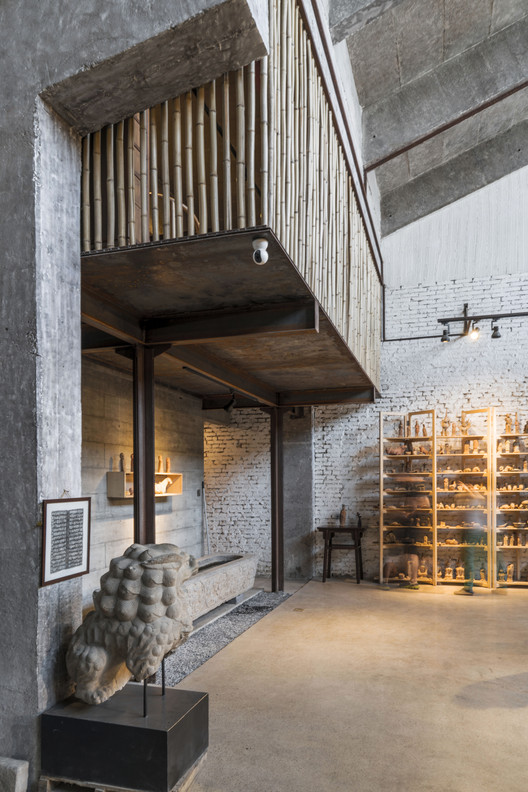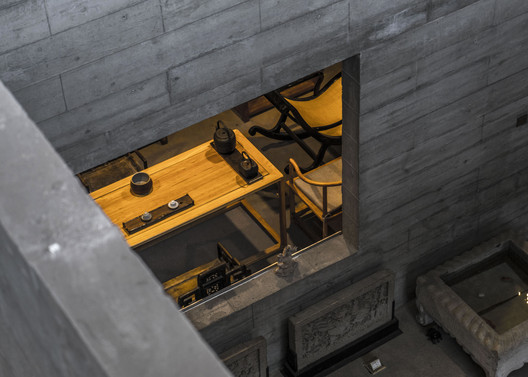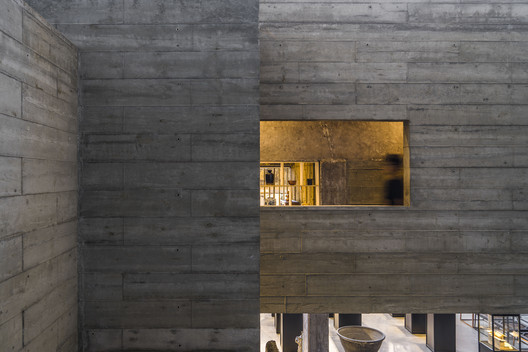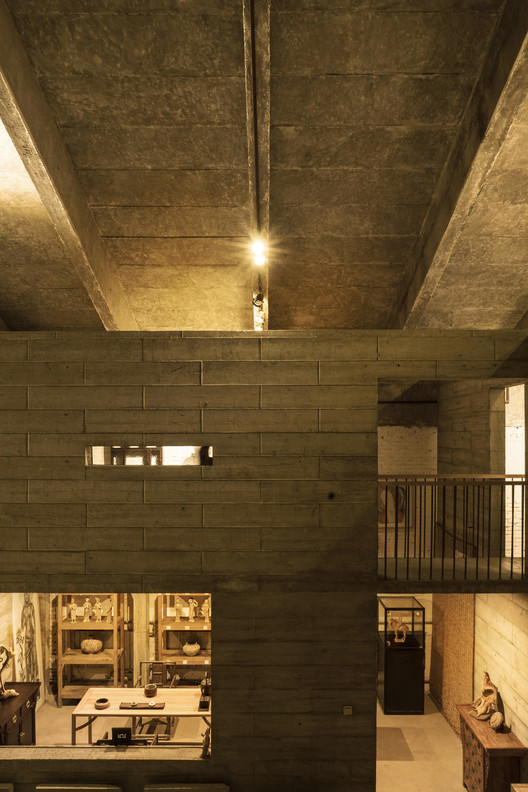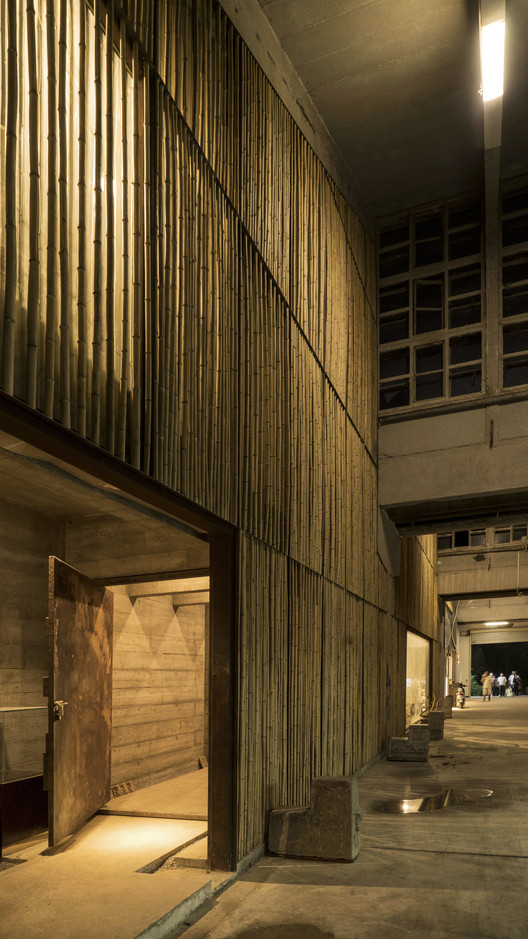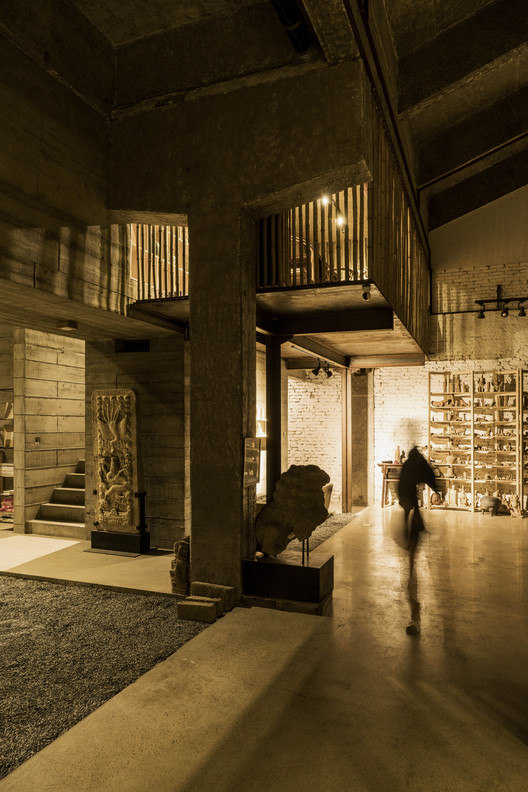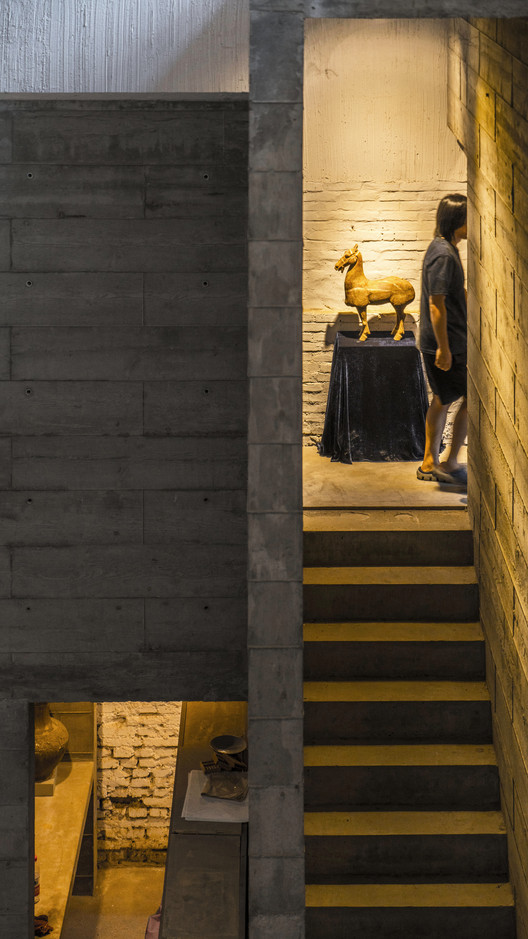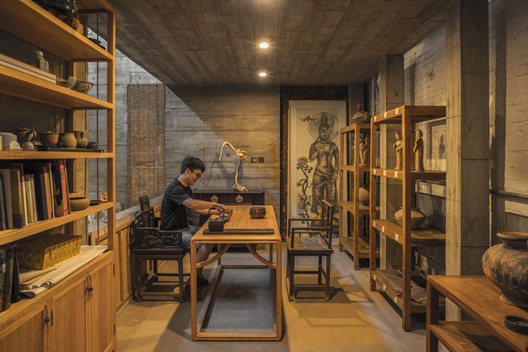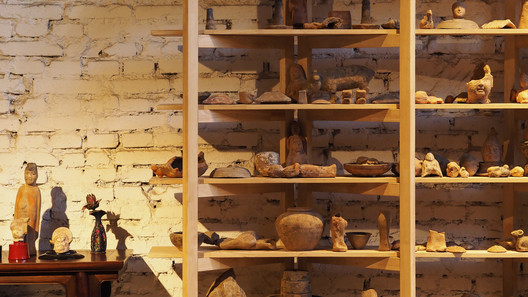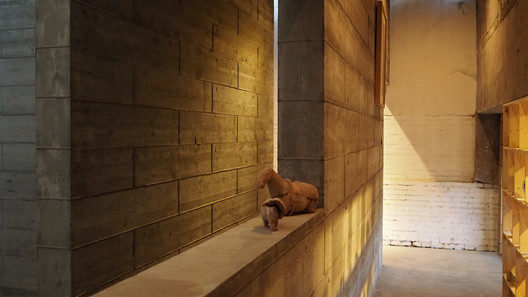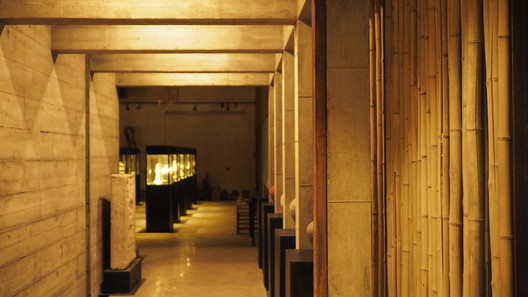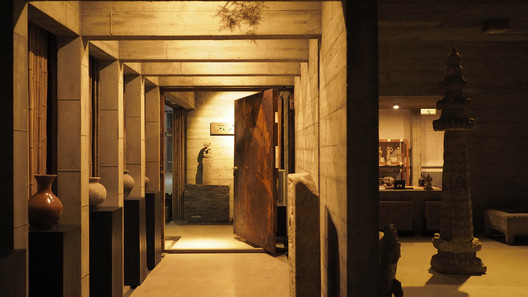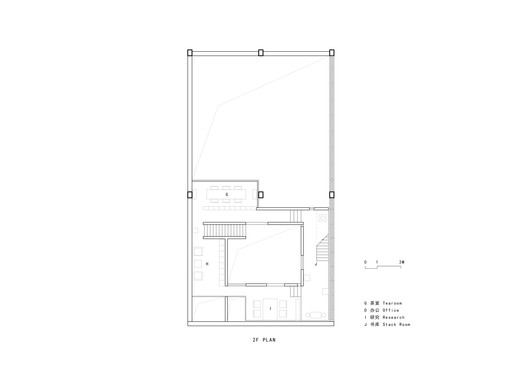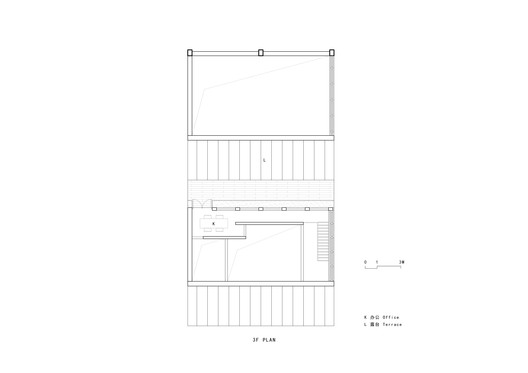
-
Architects: Wall Architects of XAUAT
- Area: 360 m²
- Year: 2019
-
Photographs:Jiaqi Wang
-
Lead Architects: Rui Wu, Maozhen Wang, Shaodong Li

Background
The Banpo International Art District was the largest textile industry base of Northwest China which was built by the former Soviet Union during the First Five-Year Plan period. The main buildings of Art District are the site of the first printing and dyeing factory of Northwest China (Tanghua Yiyin), which was built in 1961. After that, the textile area gradually withdrew from the historical stage but left behind tens of thousands of square meters of high-quality Soviet-style factory buildings.









